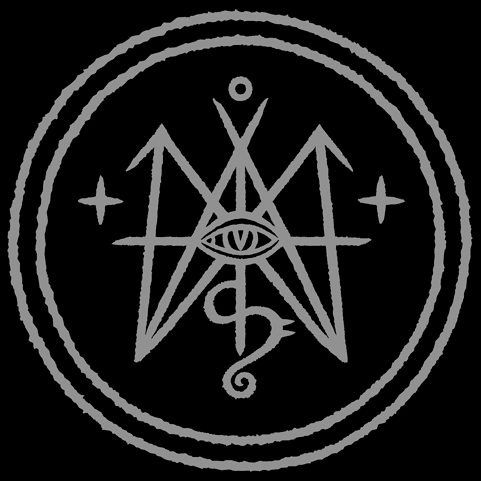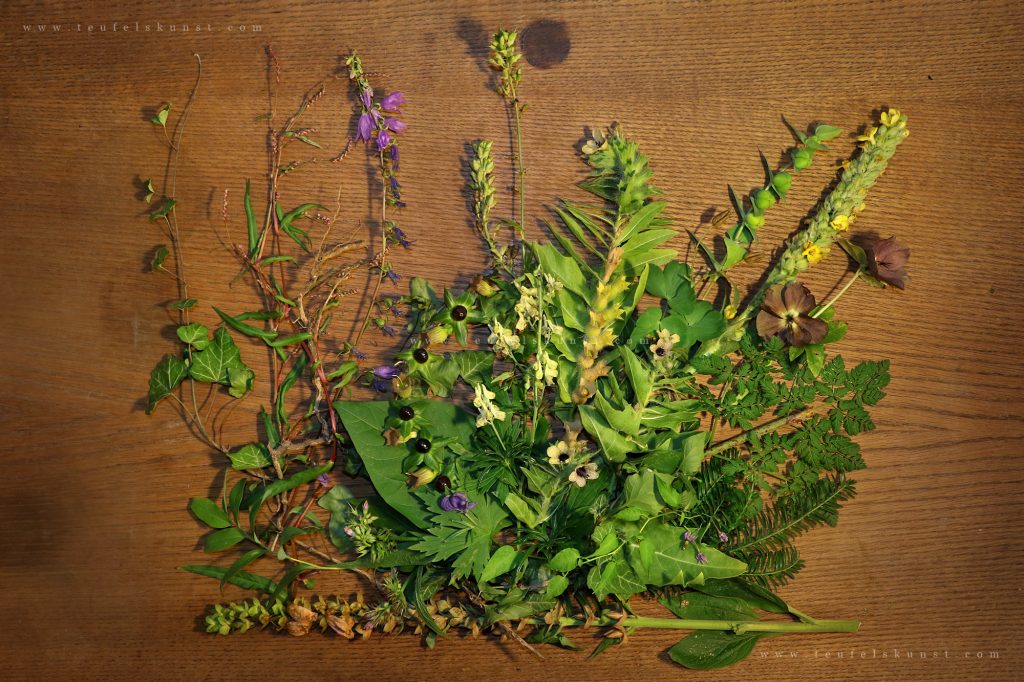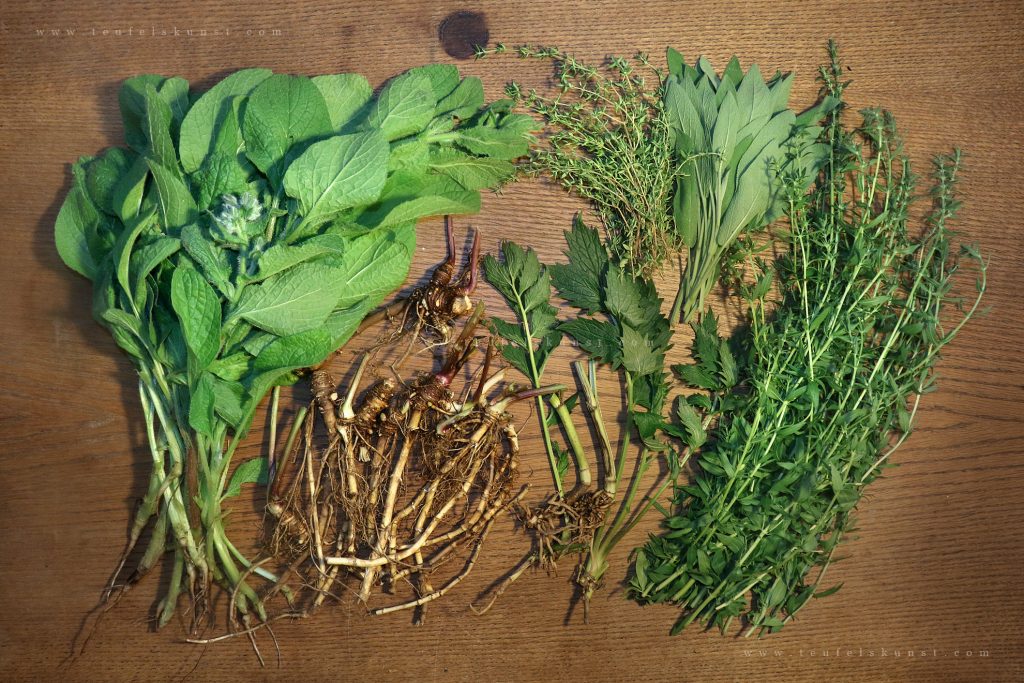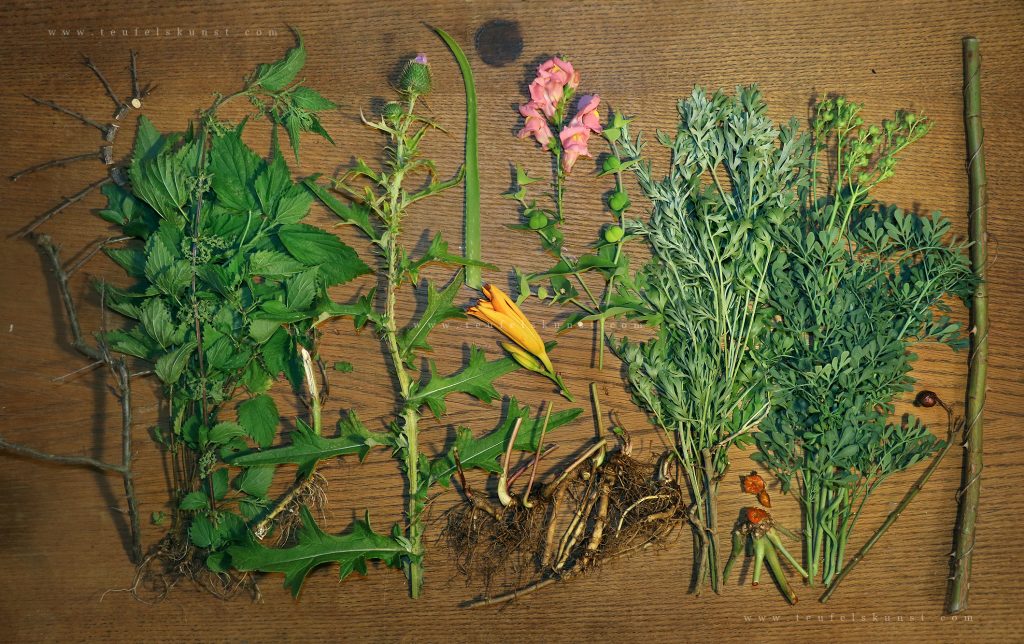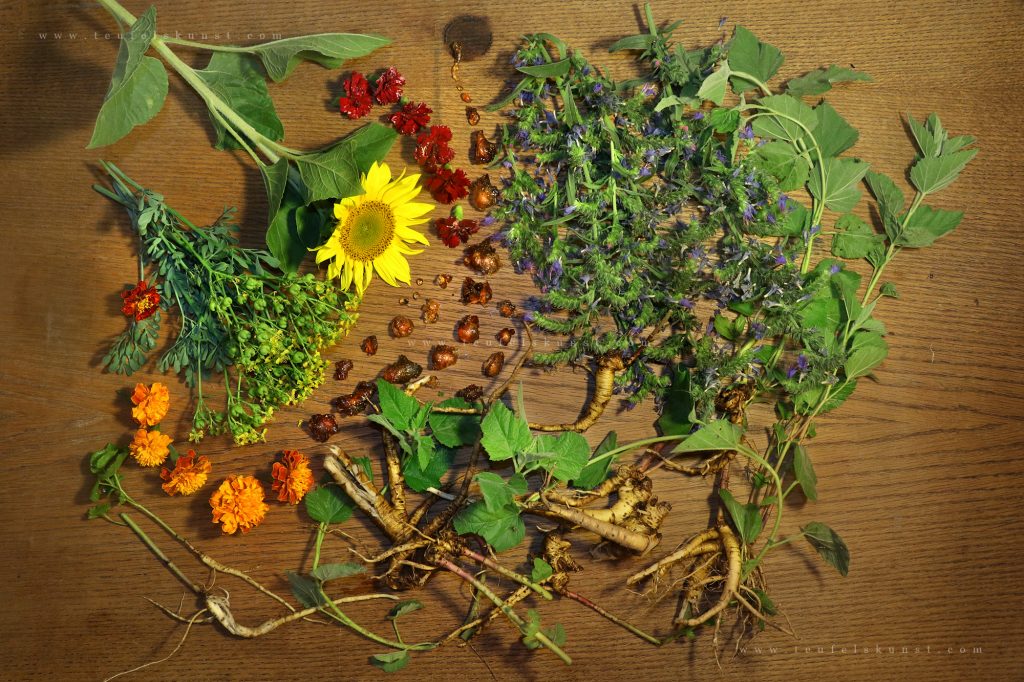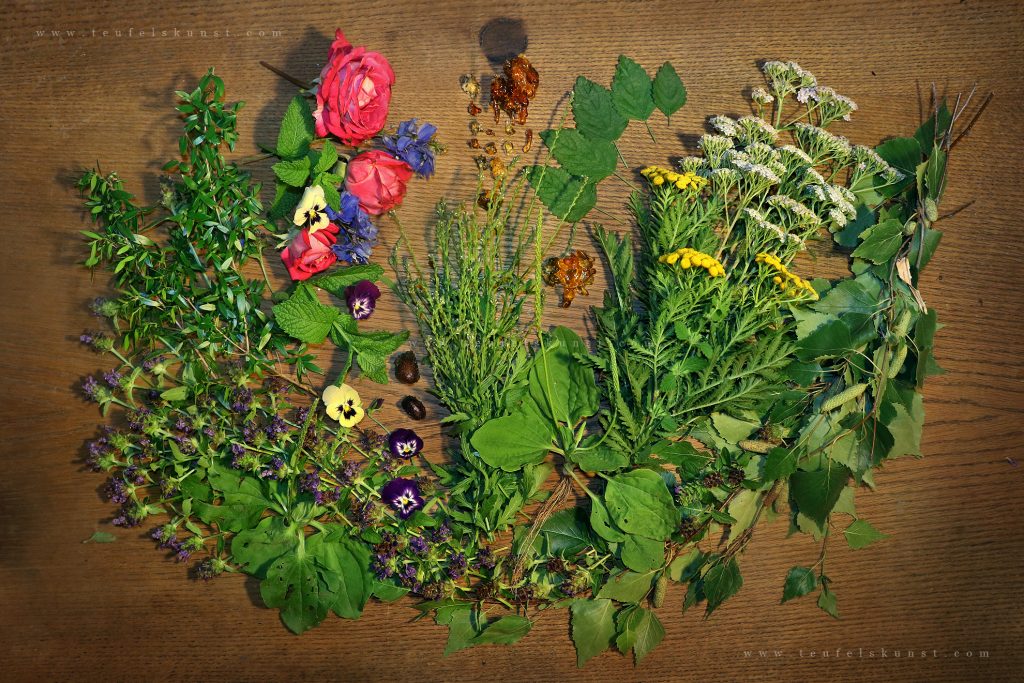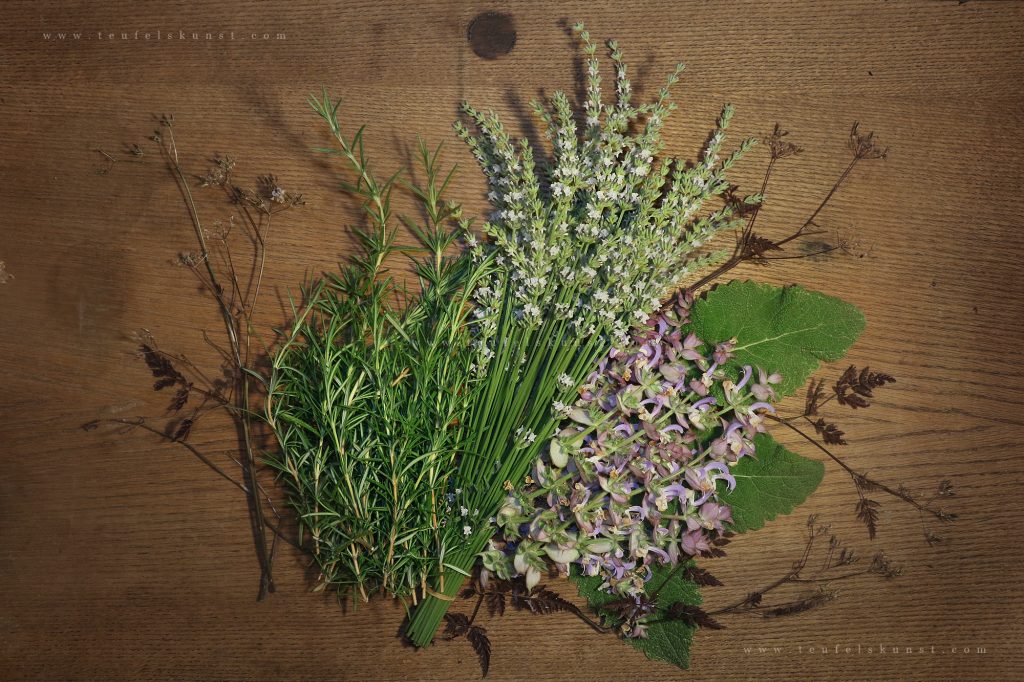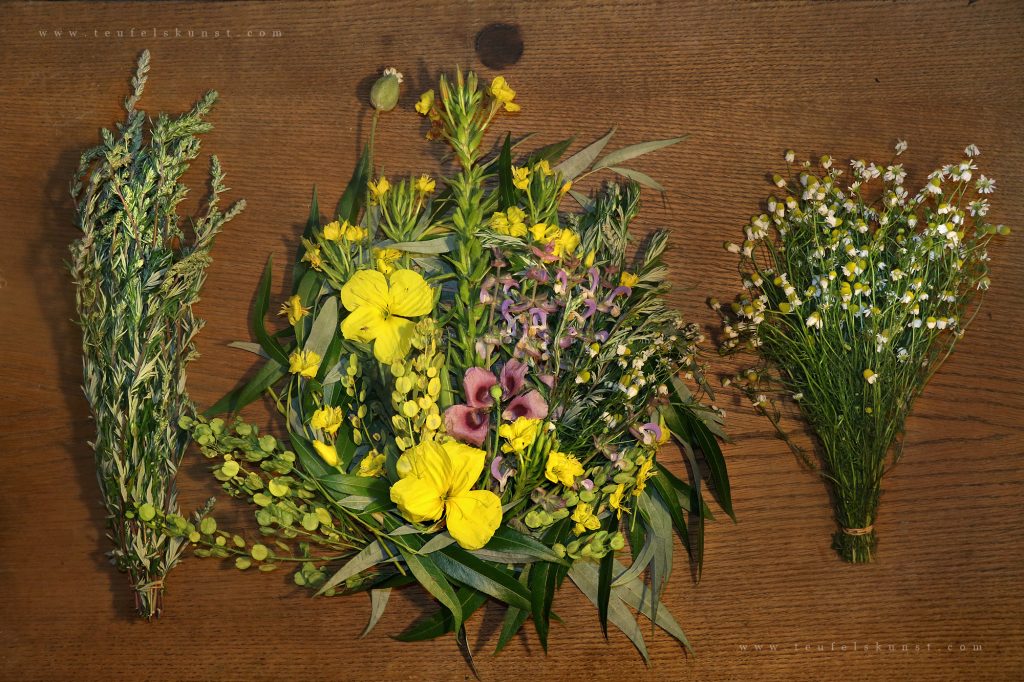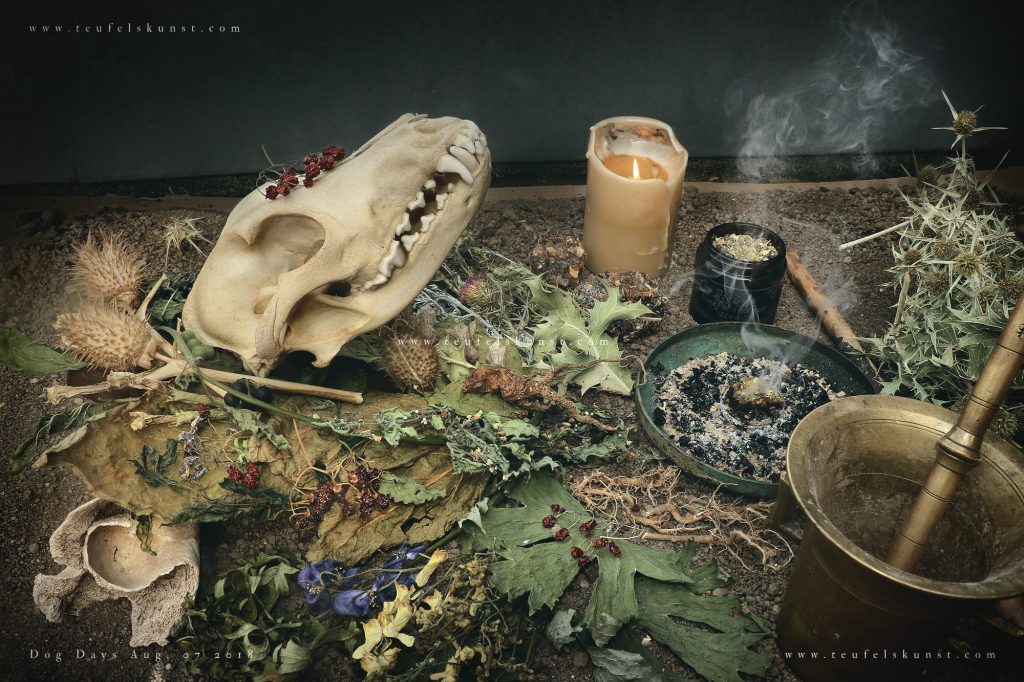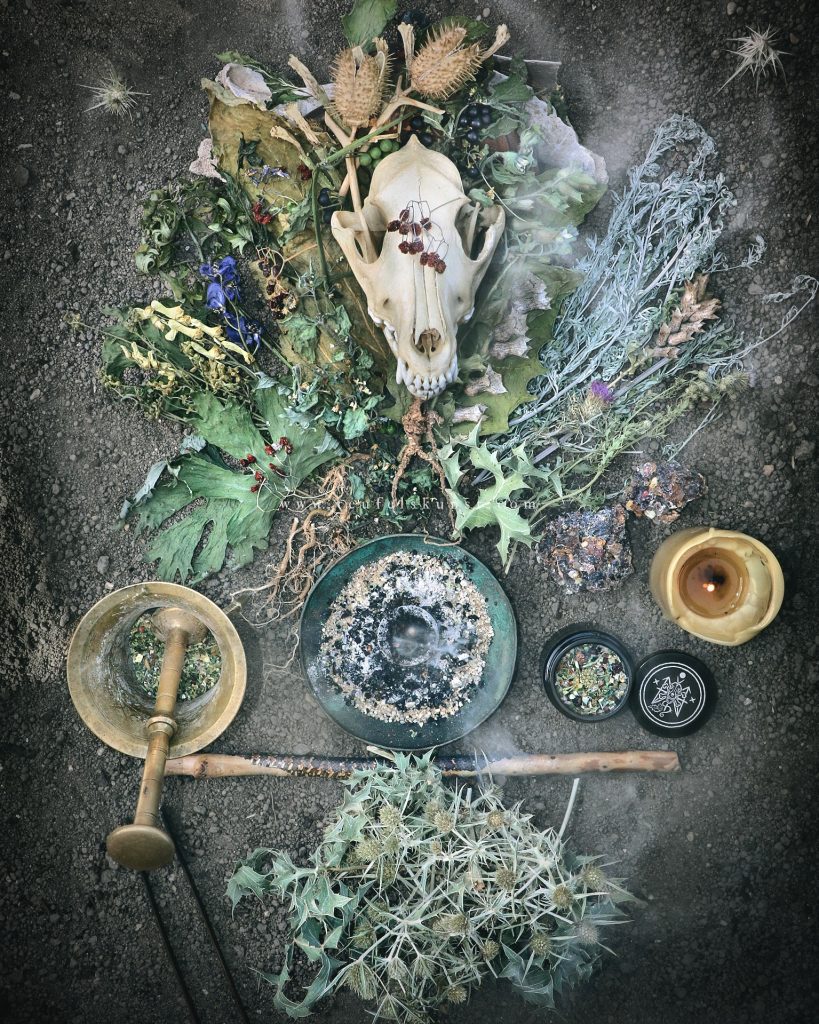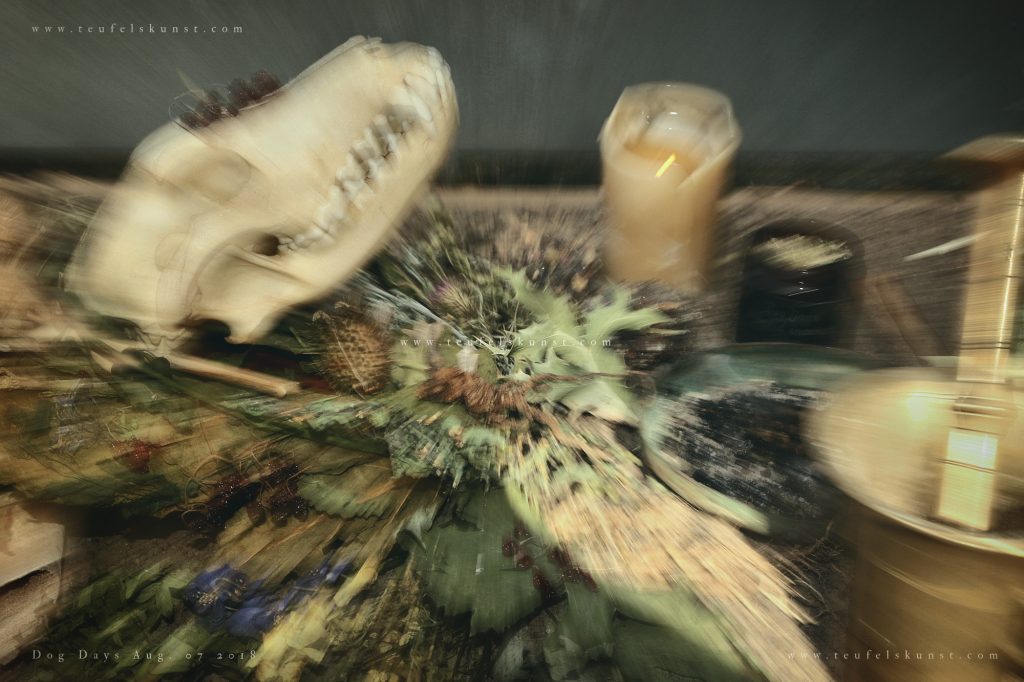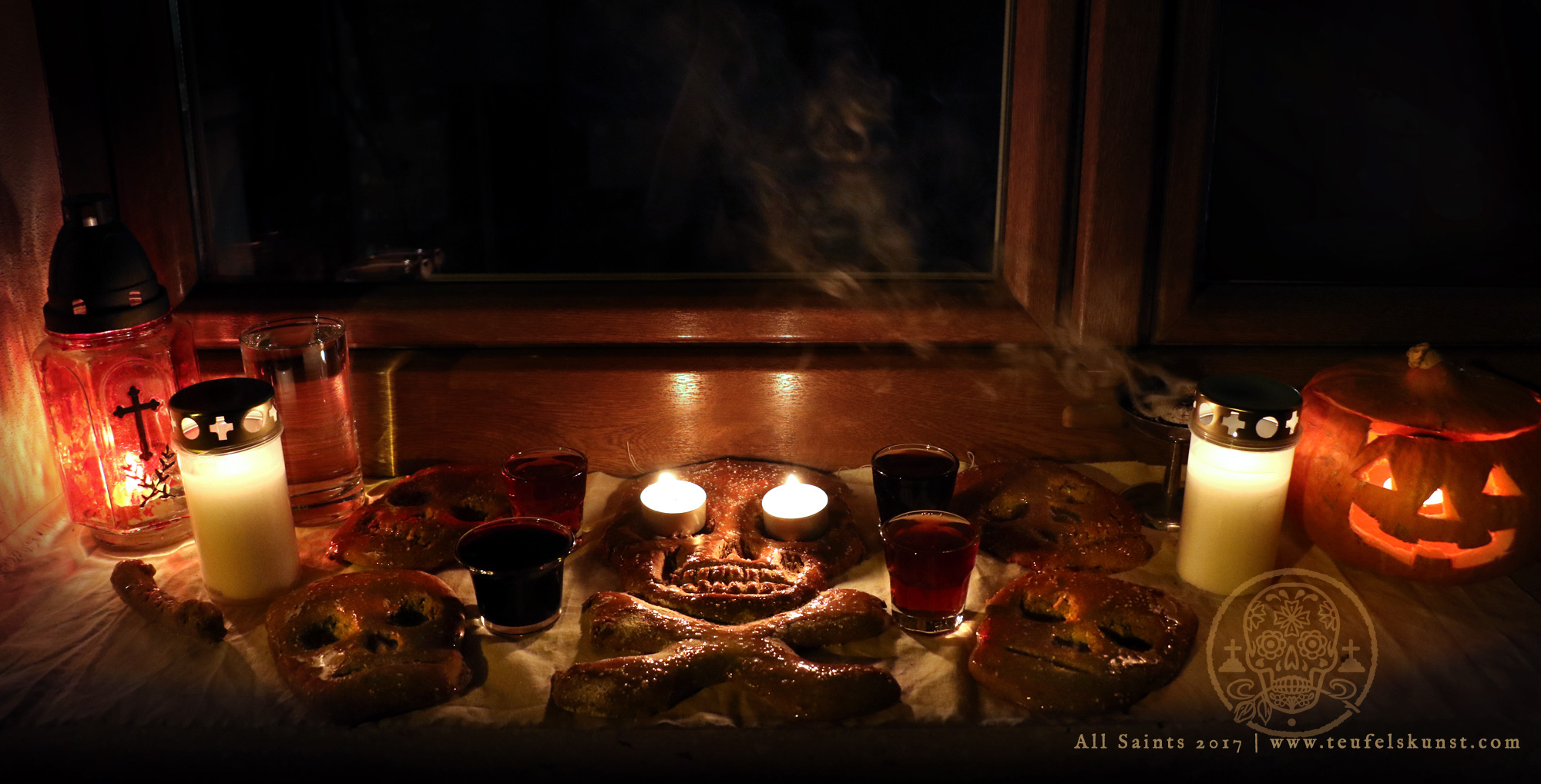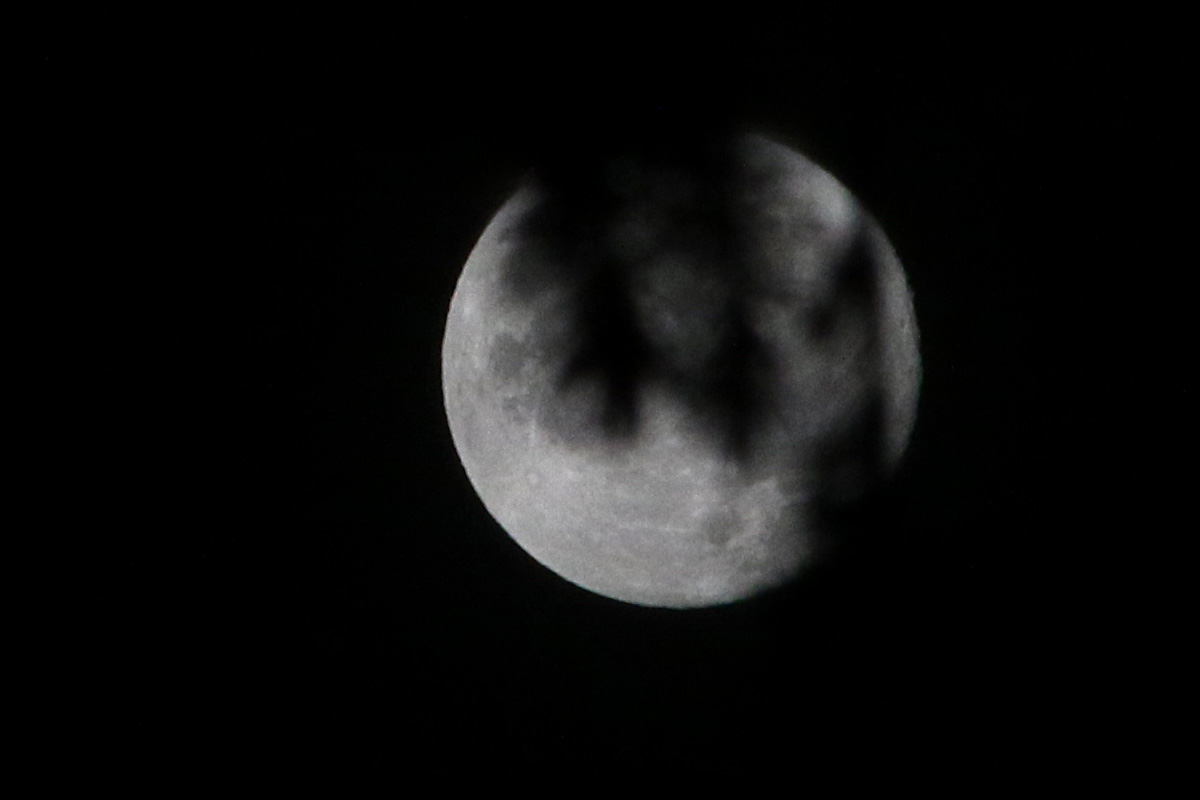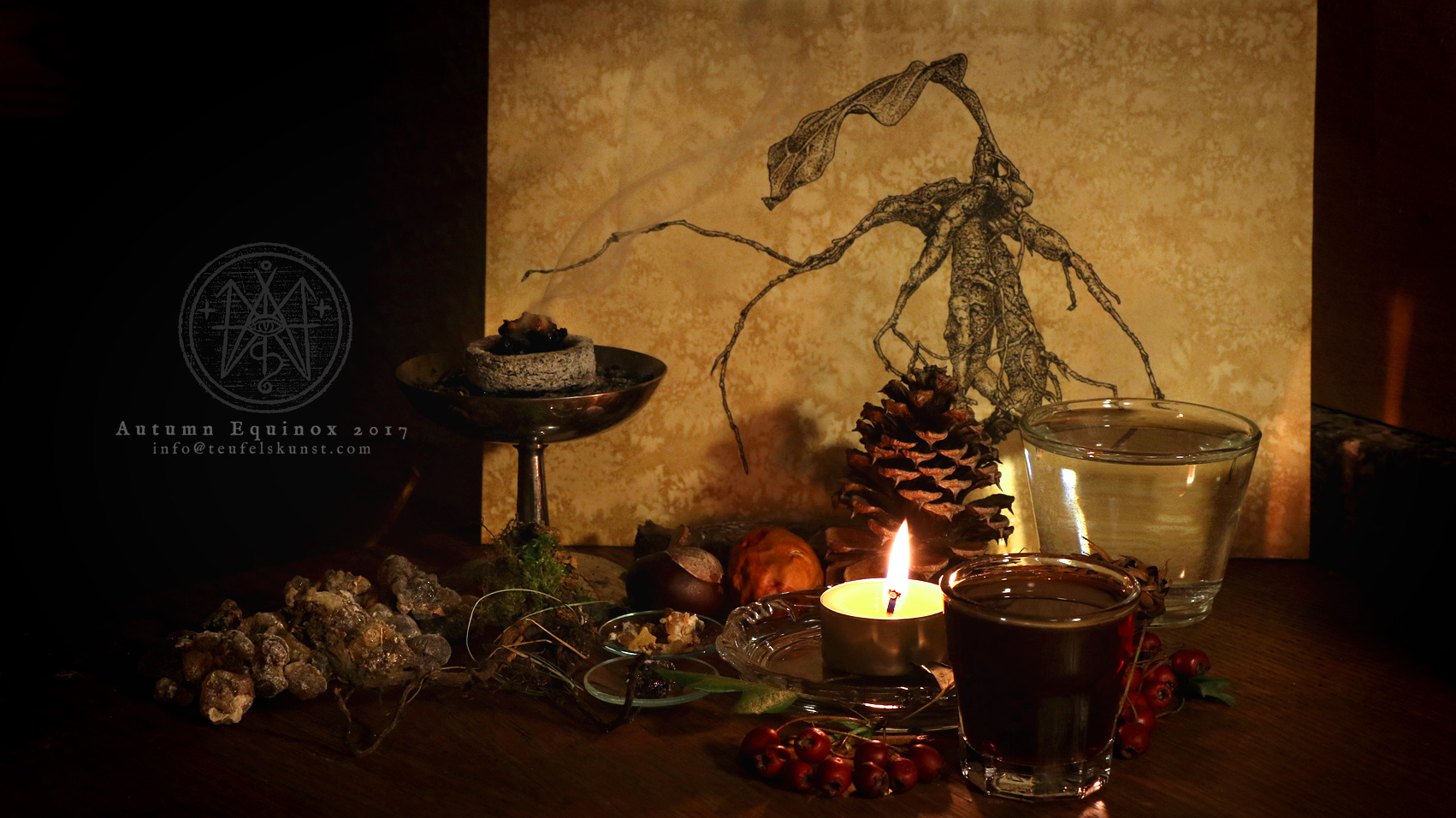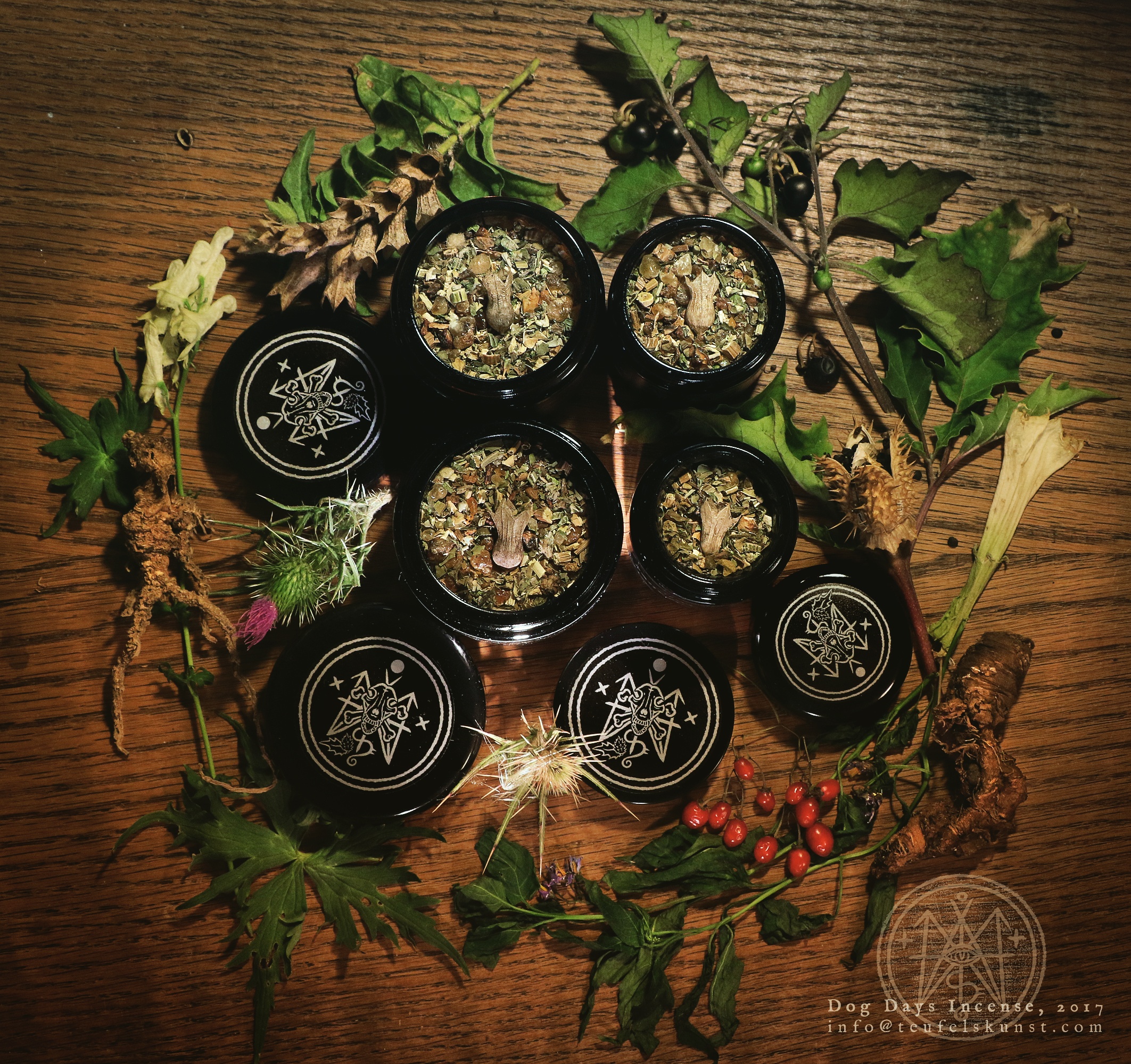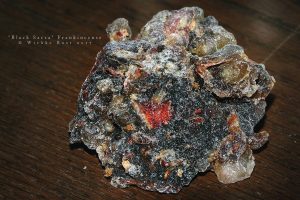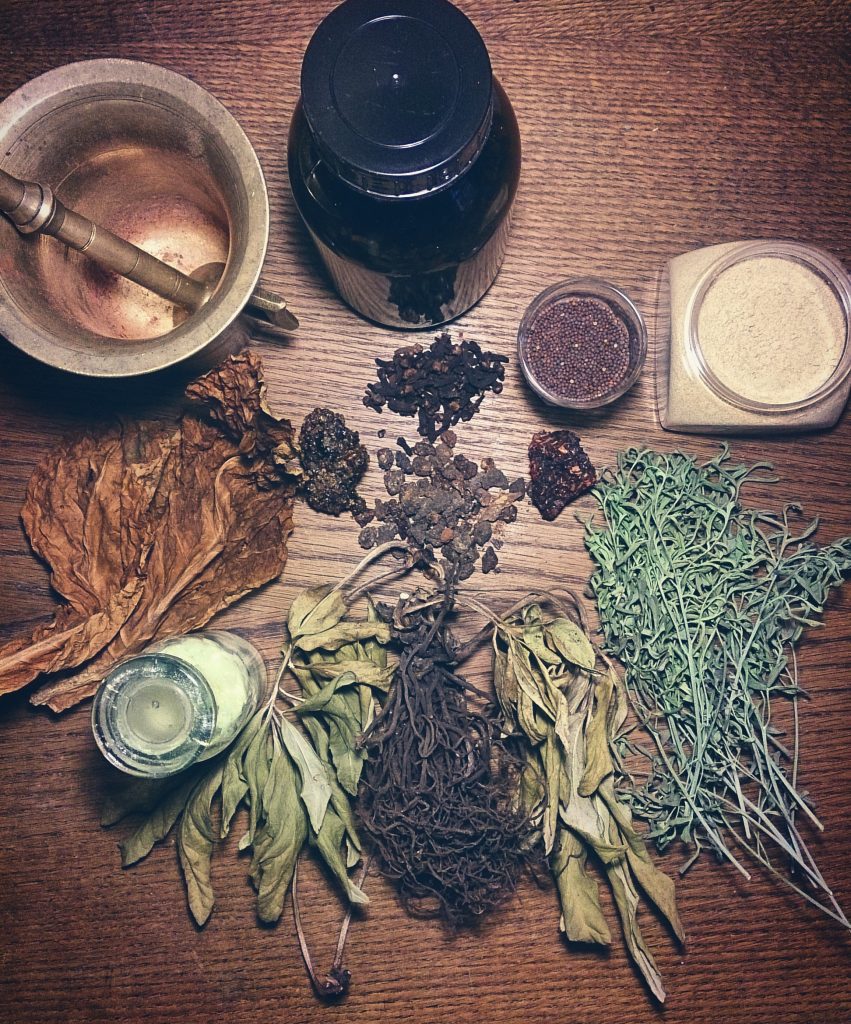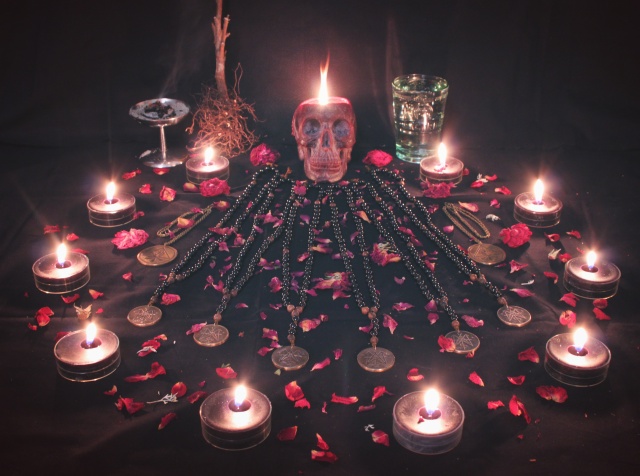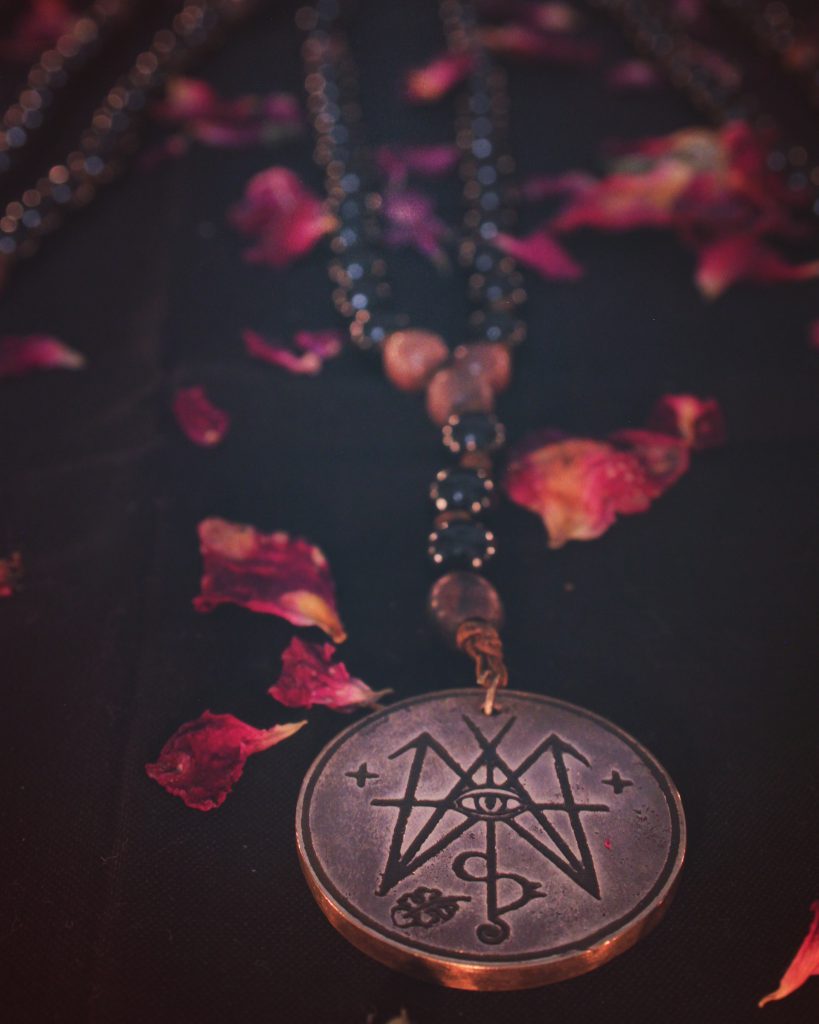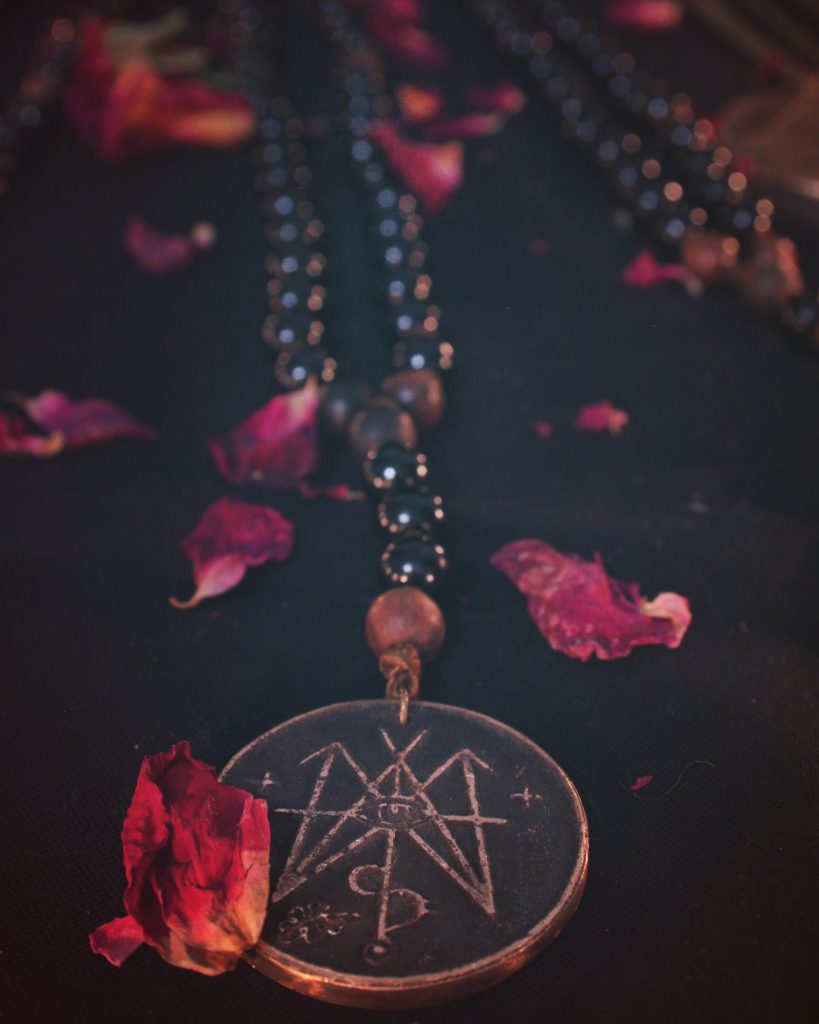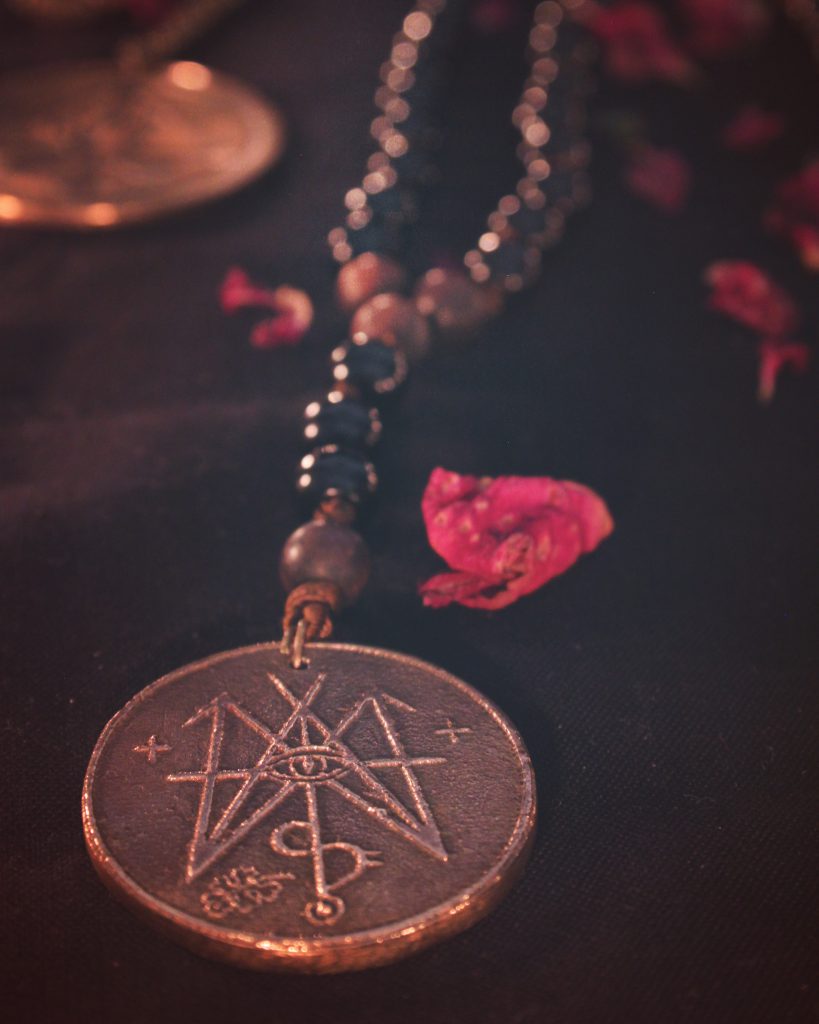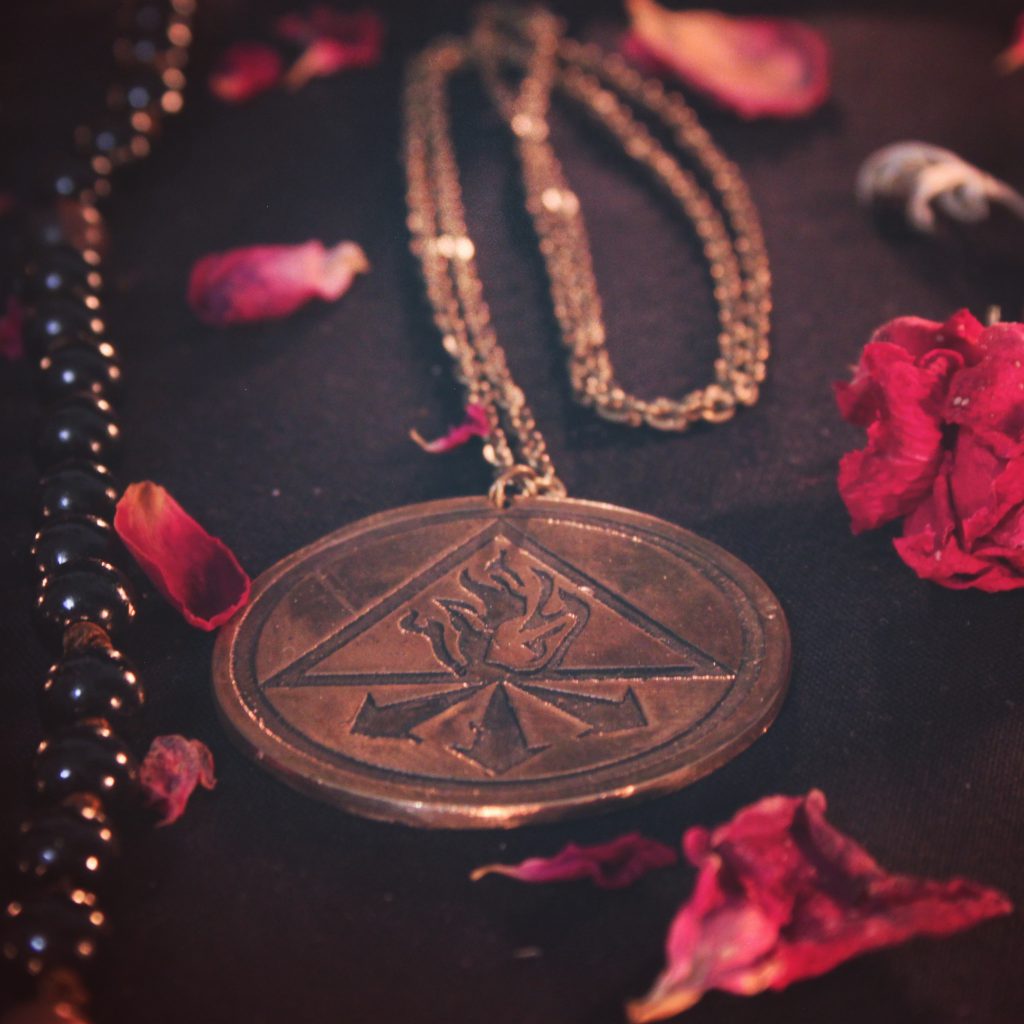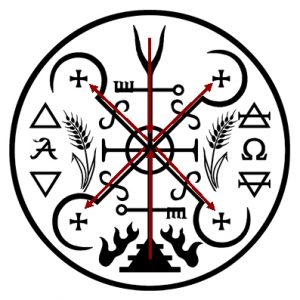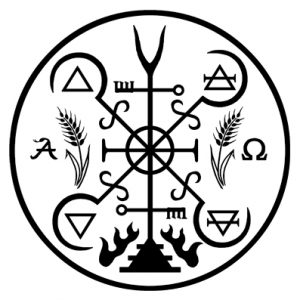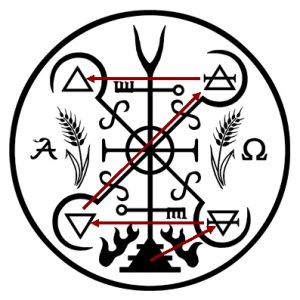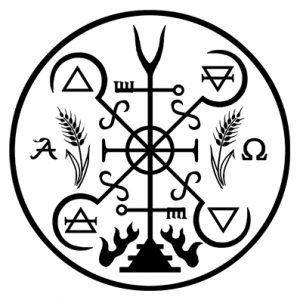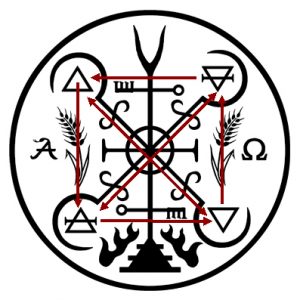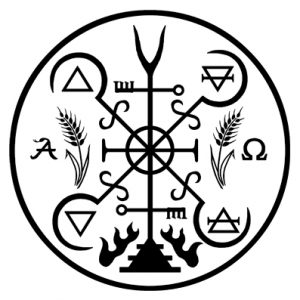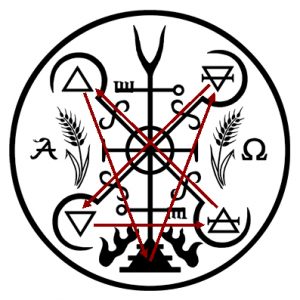New: postcards with my occult/nature inspired “Plants and Planets” series from 2018!
The postcards are available in two formats, small 10 x 15 cm and large 13 x 18 cm. They have round edges and the sizes comply with common post standards.
In the past botanists such as Nicholas Culpeper associated plants with the planets, fixed stars and zodiac signs. The attributions were based on an intense study of a plant’s features, which included treats such as a thorny or prickly appearance, the scent emitted by the flowers or the entire plant, the plant’s life cycle, colors, metals contained in a plant, medicinal and other uses and of course plenty of folklore. Today plants are classified scientifically based on their genome, but their planetary lore is preserved and continues to evolve in the books of authors such as Stephen Skinner, Paul Huson, Scott Cunningham, Harold Roth and so on.
I find it inspiring to continue this tradition and to explore its own inner logic. Hence I created these planet themed still life photographs of herbs, that I gathered from our garden and surroundings, many of which are also part of my seed boxes. They are ordered according to the Chaldean sequence. With this series I yet delve deeper into the language of plants and the symbolism and magical properties attributed to them.
Please leave a note with your order, if you wish for the postcard to be signed on the back (no extra cost).
October 1, 2018
Posted In: Ritual, Pflanzenkunst, Prints
Tags: witch herbs, planetary magic, chaldean sequence, poisonous plants, plant astrology, prints, still life, conceptual, poison path, shop news, postcards, plants & planets, planetary correspondences
